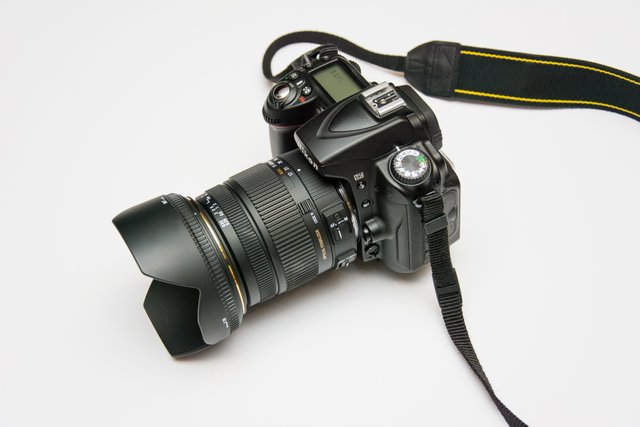The two fundamental parameters of an optical lens are the focal length and the maximum aperture. The lens' focal length determines the magnification of the image projected onto the image plane, and the aperture the light intensity of that image. For a given photographic system the focal length determines the angle of view, short focal lengths giving a wider field of view than longer focal length lenses. A wider aperture, identified by a smaller f-number, allows using a faster shutter speed for the same exposure. The camera equation, or G#, is the ratio of the radiance reaching the camera sensor to the irradiance on the focal plane of the camera lens.
The maximum usable aperture of a lens is specified as the focal ratio or f-number, defined as the lens's focal length divided by the effective aperture (or entrance pupil), a dimensionless number. The lower the f-number, the higher light intensity at the focal plane. Larger apertures (smaller f-numbers) provide a much shallower depth of field than smaller apertures, other conditions being equal. Practical lens assemblies may also contain mechanisms to deal with measuring light, secondary apertures for flare reduction, and mechanisms to hold the aperture open until the instant of exposure to allow SLR cameras to focus with a brighter image with shallower depth of field, theoretically allowing better focus accuracy.
